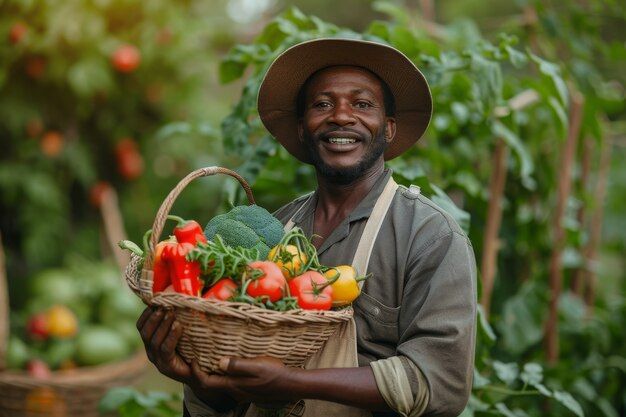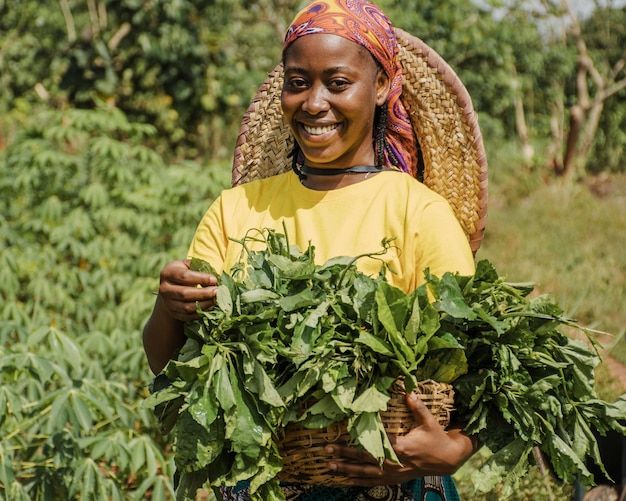
Producer Profile
Value Chains and Marketable Volumes
The producer groups focus on high-demand value chains, which already demonstrate substantial aggregated volumes:
- Beans – over 7,558 producers, marketing approximately 857,000 kg annually. With regional shortages and urban consumption growth, beans offer immediate opportunities for processing into flour, fortified foods, and exports.
- Groundnuts – around 2,726 producers, producing 149,000 kg annually. Value addition into peanut butter, edible oils, and feed presents significant margins.
- Goats – creating livelihoods and prosperity for thousands.
- Dairy – about 1,588 producers, producing 107,000 liters annually, with processing potential into yoghurt, butter, and cheese.
- Horticulture –
approximately 2,730 producers, marketing 225,000 kg annually of vegetables and fruits. Processing into tomato paste, dried vegetables, and juices offers scalable investment entry points.
- Secondary value chains – rice, chickens, sweet corn, and soybeans—further diversify the portfolio, strengthening resilience and spreading income streams
Partner with us to fuel a powerful engine for economic development, drive inclusive growth, and secure a stake in the future of food in Zambia.


The Investment Case
Collectively, the producers generate volumes substantial enough to sustain consistent supply chains, yet they remain under-capitalized in technology, processing, and market access. This is where investors can make a transformative impact.
- Aggregation power: With over 43,500 individual producers, demand for inputs, mechanization, and financial products is aggregated and predictable.
- Market linkage potential: Producers are integrated into World Vision’s THRIVE 2030 framework, which links them to structured markets and ensures compliance with quality standards.
- Value addition opportunities: Current production is mostly sold raw. Investment in small to medium processing enterprises will unlock higher margins and reduce post-harvest losses.
- Social impact and ESG alignment: Investment directly empowers women and youth, addresses rural poverty, and builds resilience in climate-vulnerable communities.
